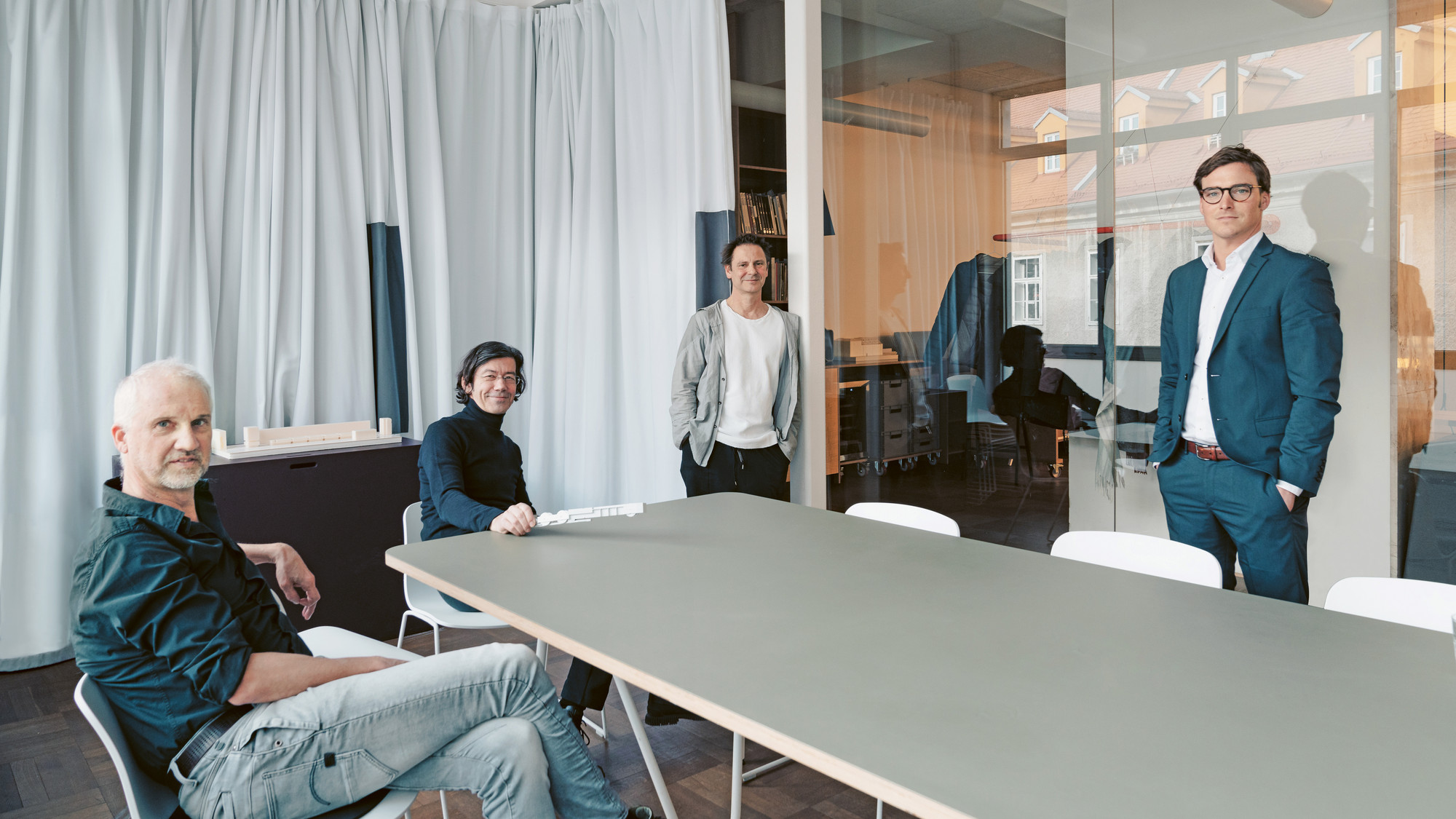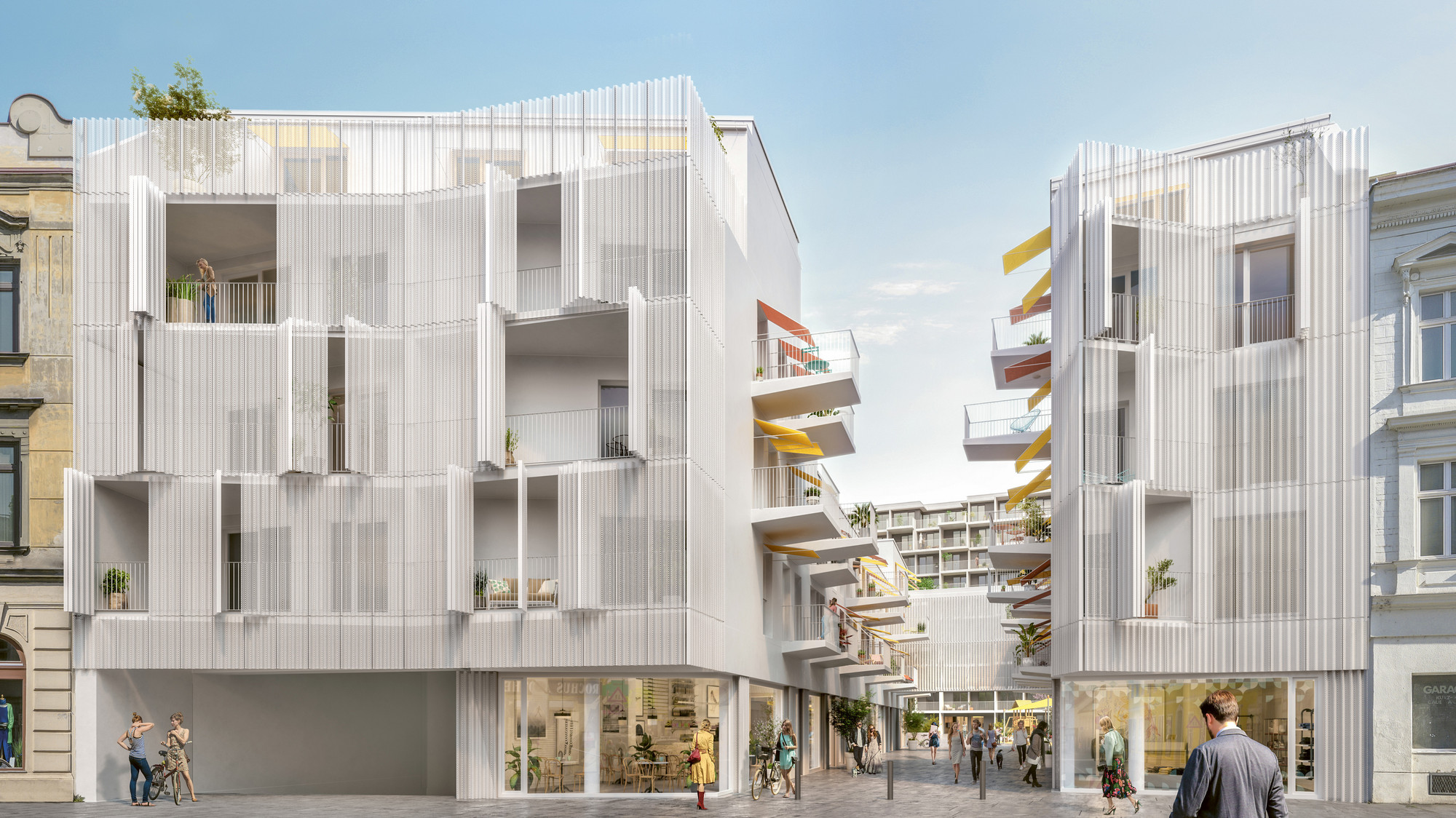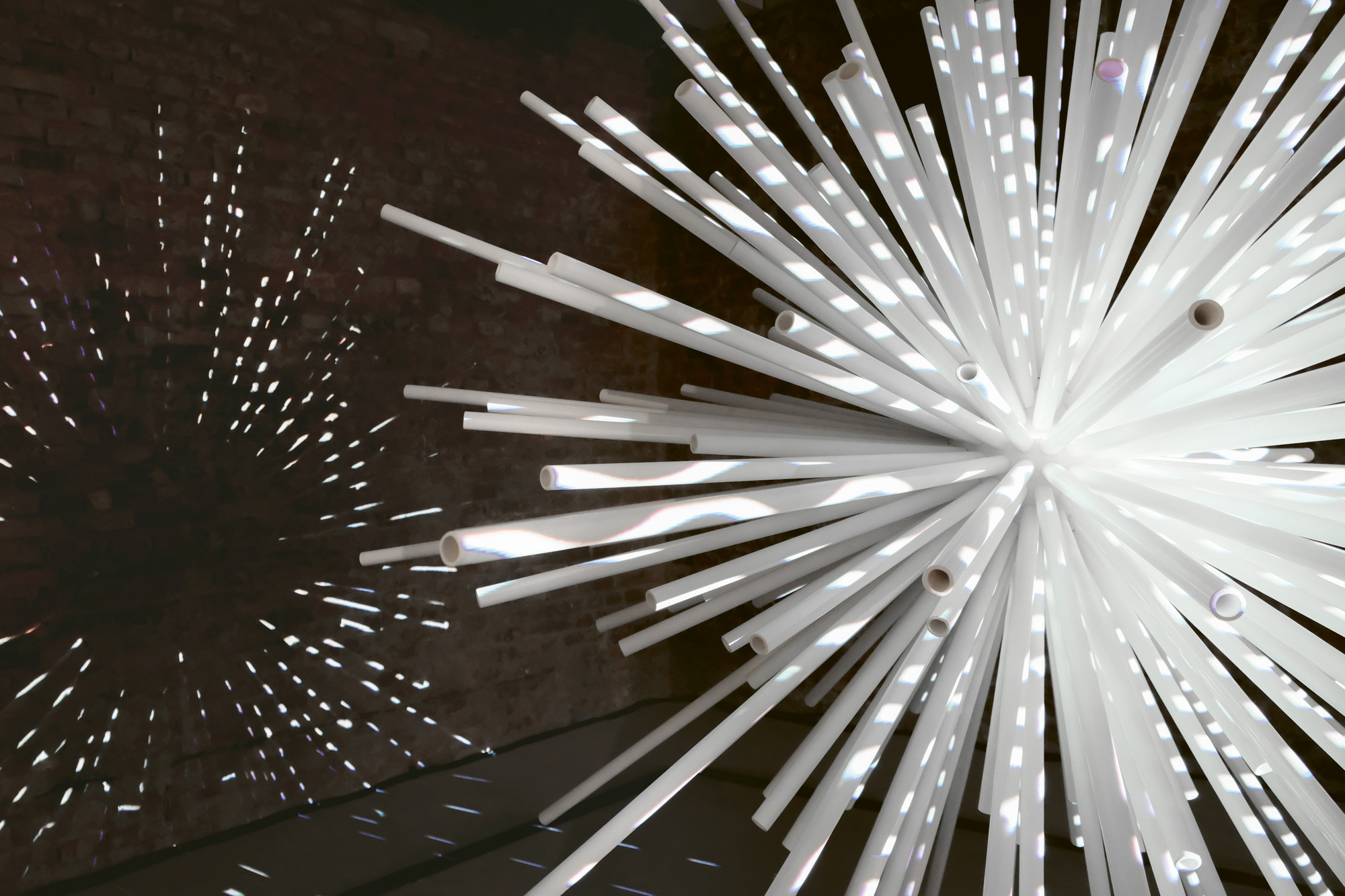
Architecture with More Feeling
Author: Evelyne Oechslin
Photography: Sara Sera
We are always rethinking spaces—be it on a small or large scale. Architect Mark Jenewein from LOVE and Manuel König from Hawa discuss current trends, timeless values and concrete solutions, and explain why it pays to save wrapping paper.
So what are the major trends shaping architecture at the moment?
Mark Jenewein: The sustainability megatrend is having a major impact. Equally important are topics such as affordable housing, the new workplace and economic issues such as supply chain management or cost-in-time planning.
Manuel König: I take a similar view. The issue of affordable housing is particularly important in cities. I would also like to mention the microliving trend. Homes are getting smaller and smaller.
What impact do these trends have on spaces on a small and large scale? How do these need to be rethought?
Mark: As an architect, I’m interested in the fact that trends always bring about a shift in consciousness. Each era has brought about a new architecture and a new attitude towards the way we want to live together. This can be seen, for example, in the climate movement, which has made sustainability a burning issue. The key question is: How do we create buildings that will still be meaningful in ten, twenty or thirty years’ time? One way of doing this is through technological progress, another is through modesty: we ought to waste less and keep more.
Manuel: As a global leader for sliding in rooms and furnishings, we transform trends into practice. Using sliding solutions is very efficient in terms of space, and this is crucial in an era of compaction. For example, you can have a kitchen that is completely hidden. The trend of working from home has also made the issue of sound protection more important. We are responding to this with our new Hawa Junior acoustic fitting. It resolves the problem of sliding doors being less good at insulating noise than revolving doors. Using this solution, what we have is at least as good as a revolving door that is sealed on all four sides.

To continue with ‘building for the future,’ which values do you consider important in architecture?
Manuel: In my work, I look at which values I can pass on to architects. A good example of this is our performance guarantee on the Hawa Junior 100. We provide a seven-year performance guarantee for commercial use and fifteen years for residential use. This means certainty in the planning process. It is also important to us that at Hawa all information is transparent and always available.
“I look at which values I can pass on to architects.”
Mark: That brings us to the subject of quality, and that’s what interests me. This is one of the maxims we should be more concerned with. We need to create beautiful and high-quality things that give pleasure, because it’s not good to throw beautiful things away. No one would think of bulldozing Graz’s inner city, even though it has long since ceased to be practical in terms of modern living.
What values are important to you when you work together? When is working together fun?
Mark: In the building process, you need three gears working together: the clients, the design team and the implementation team. When everyone works together with ambition, it’s fun. What makes our partners tick is important to us, because the more interesting the cosmos, the more exciting the result.
Manuel: I totally agree with that. People have to be attuned to one another. For example, we are currently working with LOVE on the Kennedy Garden project in Vienna. Hawa is developing the facade. I enjoy the fact that we are not installing a standard product, but are creating something custom-made. We often had to rethink during the planning process, because the whole project is very technical.

Venice Biennale
LOVE was a guest at the 2021 Venice Biennale
with the “N186” sculpture made of 186 handmade
ceramic tubes.
Mark: When all stakeholders in a project are motivated to take a step forward together, they create new value. One indication that the people at Hawa think outside the box is that they are sponsoring our N186 project at the Biennale. That’s one of the things I like about companies – companies that contribute to the world moving forward instead of always thinking ‘what’s in it for us?’
Back to the current trends. Let’s talk about compaction. This urban development trend has been going on for decades. What can architecture do to prevent density stress?
Mark: Here, too, it’s all about quality. After all, cleverly constructed density does not cause stress. I am pleased that the authorities here are also slowly rethinking things. For me, this is symbolized by the German Sustainable Building Council. Their ‘Diamond’ quality certificate focuses on cultural value. It’s a sign that, besides metrics, feelings are also important. We have to move away from the measurable to the emotional. There is a future in feeling.
“We have to move away from the measurable to the emotional. There is a future in feeling.”
And what role do Hawa solutions play in maximizing space?
Manuel: We support architecture with our solutions—sliding or folding. There are lots of possibilities. For us, the planner’s ideas are always center-stage.
Mark: Architects have loved sliding elements for a long time because they offer the potential for a major transformation of space. And you can work with dimensions where revolving doors are no longer adequate. With the right product, a sliding door could be four meters wide. The acoustic fitting for the Hawa Junior has now also solved the noise problem, which is an important step.
What is the role of conversion instead of new construction in terms of the sustainability trend?
Manuel: My grandma never threw out wrapping paper— instead she reused it. Unfortunately, my generation hardly placed any importance to such things. I am glad that people are thinking more about sustainability again. Converting buildings means showing respect for what was done earlier. I would like to handle this more playfully and freely.
One important trend is demographic aging. What’s your reaction as an architect? How do you build ‘smartly’ so that spaces can be used by both young and old?
Manuel: Everyone talks about accessibility. The way we see this is for our products to have the lowest possible opening and closing forces. That means, elderly people, people with disabilities and also children can use the doors. We guarantee for the Hawa Junior 100 with SoftMove to have a maximum force of 22 N, which is almost negligible.
Mark: I am not too happy about the current discussion concerning accessibility. Instead of building every apartment so that it can be entered and used by everyone, I think it would make more sense to invest more in intergenerational housing. The state would also have to take on more responsibility here, because we have to solve this issue across the board.
Mark Jenewein and Manuel König
Mark Jenewein founded the architectural firm LOVE in 1998 with two co-founders. LOVE has locations in Graz (Austria) and Berlin (Germany).
Manuel König is Area Sales Manager Austria East, Slovenia, Croatia at Hawa Sliding Solutions.
You can also find the article on the Austrian architecture firm LOVE in our Slide #4. In this issue of the magazine, you will also learn more about the balancing act between aesthetics and acoustics, and we will take you along with us when a barrier-free apartment is planned in Switzerland.
Order the magazine free of charge to your home or download it directly.
